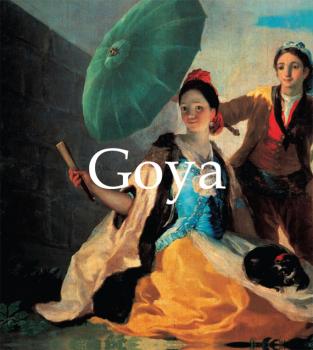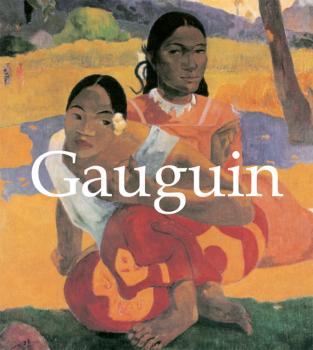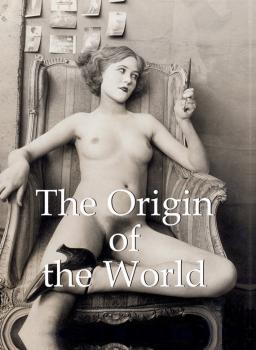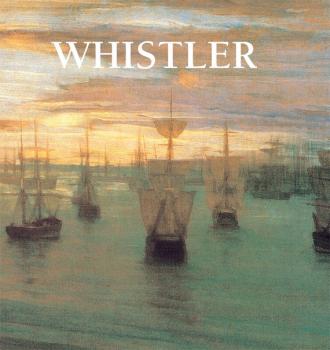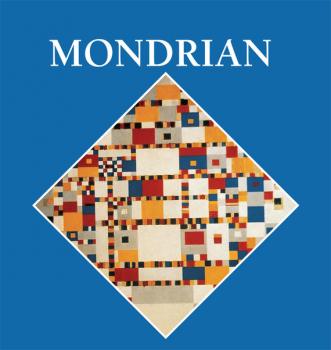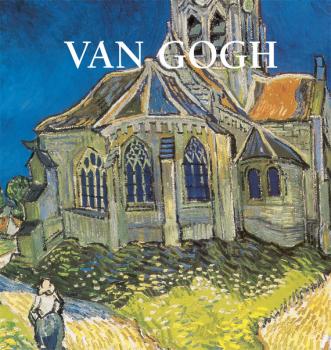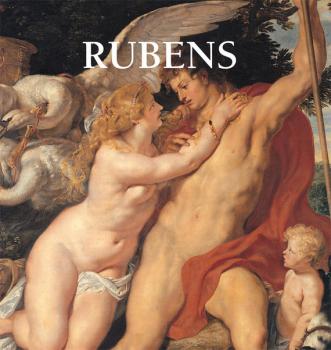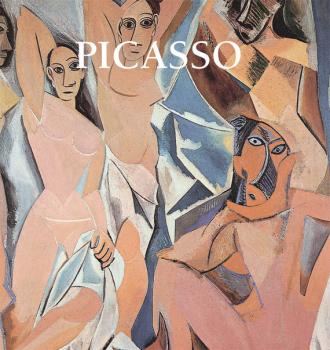ТОП просматриваемых книг сайта:
Jp. A. Calosse
Список книг автора Jp. A. CalosseАннотация
Информация о книге
Автор произведения Jp. A. Calosse
Жанр Изобразительное искусство, фотография
Серия Mega Square
Аннотация
Информация о книге
Автор произведения Jp. A. Calosse
Жанр Изобразительное искусство, фотография
Серия Mega Square
Аннотация
Информация о книге
Автор произведения Jp. A. Calosse
Жанр Изобразительное искусство, фотография
Серия Mega Square
Аннотация
Информация о книге
Автор произведения Jp. A. Calosse
Жанр Изобразительное искусство, фотография
Серия Perfect Square
Аннотация
Информация о книге
Автор произведения Jp. A. Calosse
Жанр Изобразительное искусство, фотография
Серия Perfect Square
Аннотация
Информация о книге
Автор произведения Jp. A. Calosse
Жанр Изобразительное искусство, фотография
Серия Perfect Square
Аннотация
Информация о книге
Автор произведения Jp. A. Calosse
Жанр Изобразительное искусство, фотография
Серия Perfect Square
Аннотация
Информация о книге
Автор произведения Jp. A. Calosse
Жанр Изобразительное искусство, фотография
Серия Perfect Square

